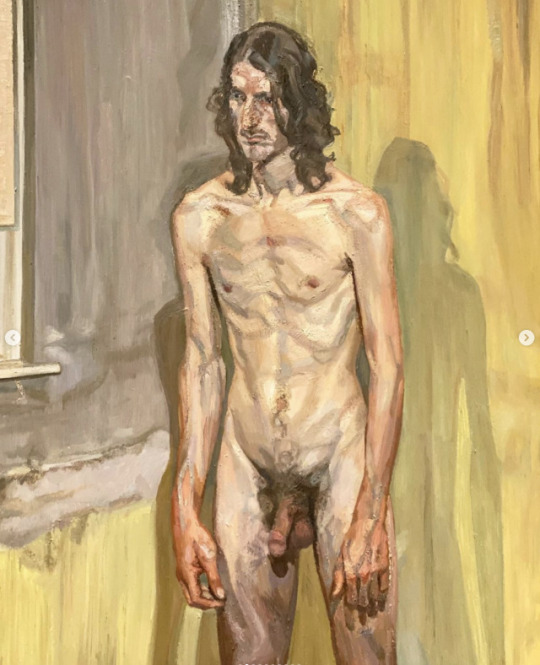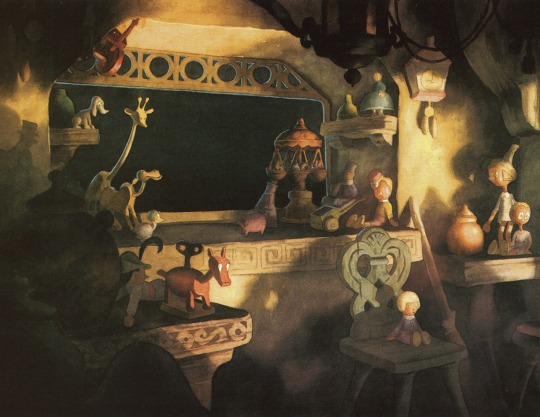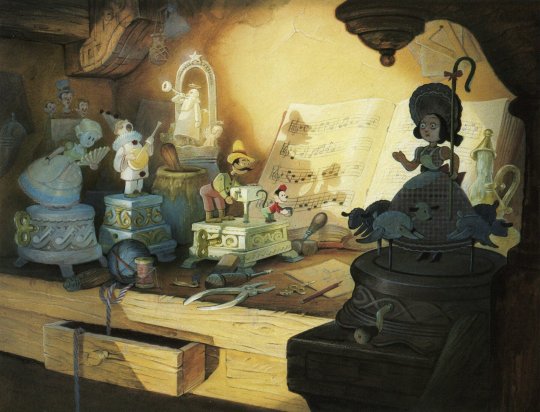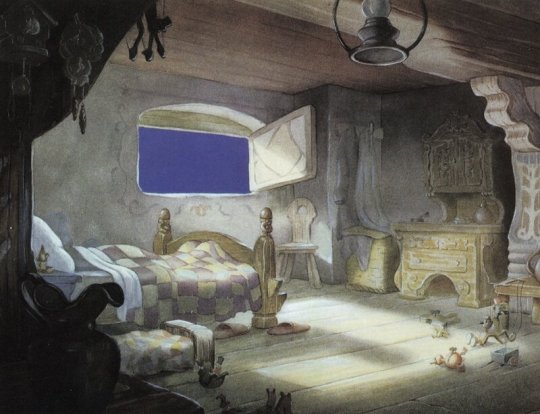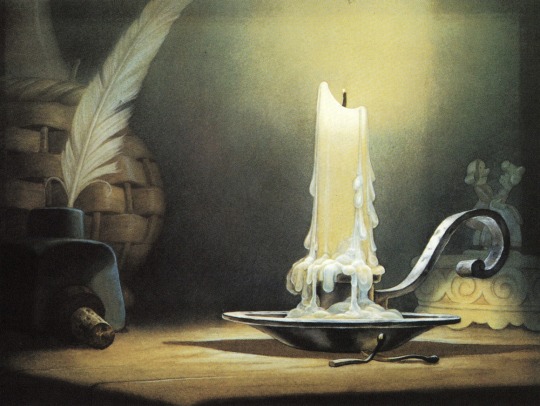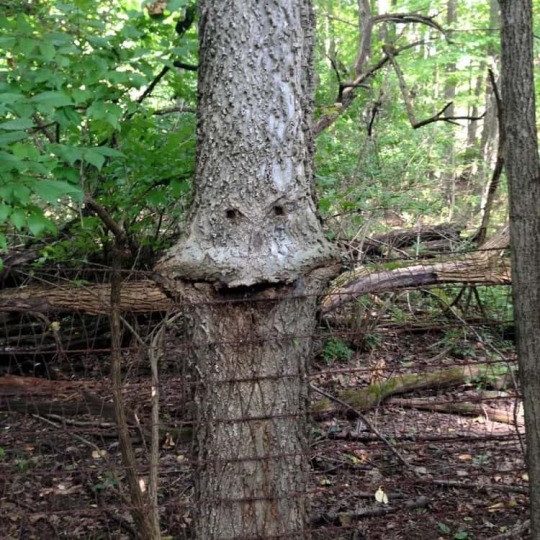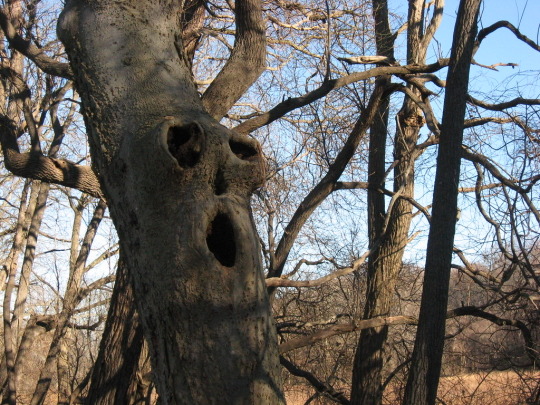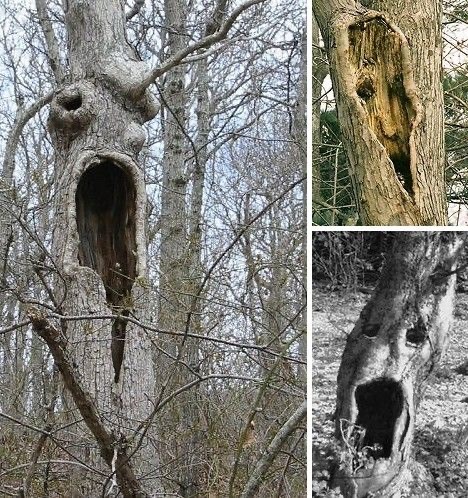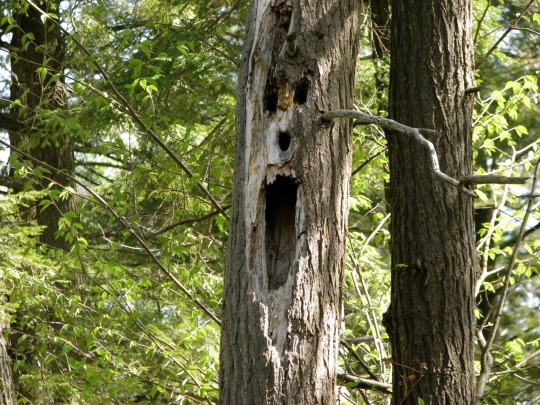Text
"Capitalists – unlike lords – had to worry about competition from one another."
like i know it's about like market competition but it's quite funny when feodal lords went to war with each others
6 notes
·
View notes
Text
Austin Powers makes so much more sense now that I've watched more of Peter Wyngarde as Jason King.




31 notes
·
View notes
Text

Mice, Radish, and Carrot
1926
Color woodblock print
Takahashi Hiroaki (Shotei)
Japanese, 1871–1945
Art Institute Chicago
2K notes
·
View notes
Photo
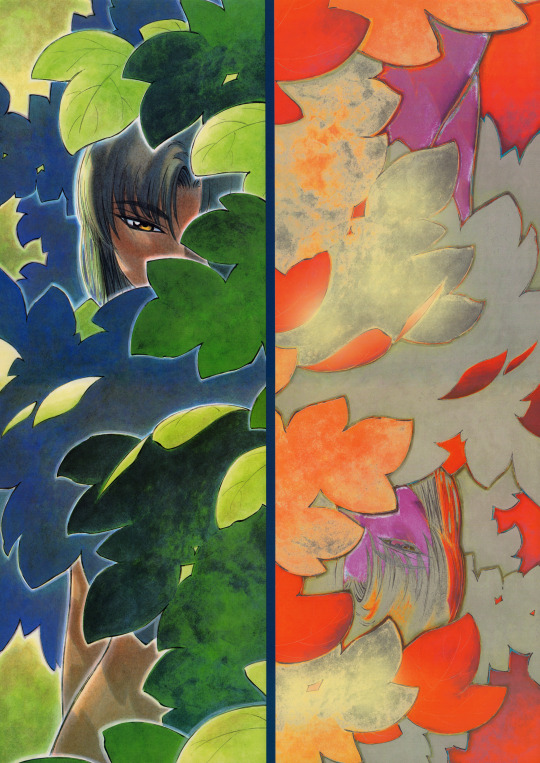
Source: Yokohama Kaidashi Kiko Book of Paintings Art Book
by Hitoshi Ashinano
223 notes
·
View notes
Text
"I have studied the Portuguese revolution for 20 years. Looking at the photos from the time, across all sectors, it’s very difficult to find someone who is not smiling. This brings us to the sense that in a revolution we reconcile with work again. In place of alienated work, we reconcile with ourselves. People were struggling and working as never before in their lives. They belonged to their work. They were deciding what to do and they were doing what they decided. Things changed completely. Portugal had been probably one of the saddest countries in Europe. People wore black. There had been three hundred years of Inquisition and 48 years of dictatorship. And now people were just smiling. This takes us back to the ontology of social being of Gyorgy Lukacs and to the work of two incredible socialists, Rosa Luxembourg and Simone Weil. They remind us that we can recover our happiness, pleasure, sense of humanity; we can do it in the process of struggle.
(...)
The revolution is remembered very differently depending on who you are. For most of the workers in schools, in hospitals, in public services, in factories, and in local communities the 25th of April is the most celebrated day in all Portugal. People sing Grandola Vila Morena, the song of the Carnation Revolution. They don’t sing the national anthem! Within the state itself, the social democrats want to celebrate the end of dictatorship and the coup d’état, but they don’t want to celebrate the dual power in the revolution. They consider it a process of chaos and craziness to which the representatives of democracy brought stability and common sense. The right wing like the Liberal Initiative say more or less the same as the social democrats, that the country was okay after the coup in 1975 that ended the sovietisation of the armed forces. The fascists say that after the 25th of April everything was bad in Portugal. If we talk about the public use of memory, there is a huge monument, a sign to Africa, a totally neofascist monument inaugurated 30 years ago but there is not one single monument to the liberation movements or to Amilcar Cabral, or to the forced labourers. Otelo Carvalho is not considered a national figure, but the right-wing generals were recently honoured by the president of the republic.
They are trying to vanish the memory of the revolution because it was the biggest nightmare of the Portuguese state. They really were afraid. And they really lost. For you to have a notion, 18% of the national wealth was transferred from capital to labour during 1974 to 1975. It was the biggest moment in Portuguese history."
Remembering the Portuguese Revolution
On 25 April 1974 the junior officers of the Armed Forces Movement (MFA) released a radio communique: ‘The Portuguese armed forces appeal to residents of the city of Lisbon to remain in their homes and remain in the utmost calm.’ But the workers of Lisbon didn’t stay at home. This was day one of the Portuguese revolution.Raquel Varela, author of A People’s History of the Portuguese Revolution,…

View On WordPress
14 notes
·
View notes
Text
youtube
There is a man come into Egypt, and Moses is his name
When he saw the grief upon us
In his heart, there burned a flame
In his heart, there burned a flame, oh, Lord
In his heart, there burned a flame
When he saw the grief upon us
In his heart, there burned a flame
There is a man come into Egypt, his eyes are full of light
Like the sun come up in Egypt, come to drive away the night
Come to drive away the night, oh, Lord
Come to drive away the night
Like the sun come up in Egypt, come to drive away the night
There is a man come into Egypt, he's come for you and me
On his lips, a word is singing, and the word is liberty
And the word is liberty, oh, Lord
And the word is liberty
On his lips, a word is singing, and the word is liberty
There is a man come into Egypt to stir the souls of men
We will follow him to freedom (we will follow)
And never wear those chains again
Never wear those chains again, oh, Lord (never wear those chains)
Never wear those chains again
We will follow him to freedom, and never wear those chains again
4 notes
·
View notes
Text
According to the Abbé Proyart, it was during his final year at the College that Robespierre began to read ‘evil books’.
12 notes
·
View notes
Photo

“I went, as a neighbor, to a house to help lay out the corpse of an old woman who had died alone; I was helping to prepare for the home wake. I entered, familiarly, not by the front door but by the kitchen door. I was shocked and repelled as I went into the kitchen by the disorderly festival going on inside: a big muscular neighbor who worked at the cigar-factory had been called in to crank the ice-cream machine, various neighbors had sent over their scullery-girls to help out and their yard-boys bearing newspaper-wrapped flowers from their yards to decorate the house and the bier: the scullery-girls were taking advantage of the occasion to dawdle around the kitchen and flirt with the yard-boys, and they were all waiting around to have a taste of the ice cream when it was finished. It all seemed to me crude and boisterous and squalid and unfeeling in the house of the dead–all that appetite, all that concupiscence.
Then I left the sexuality and gluttony of the kitchen, and went in to the death in the bedroom. The corpse of the old woman was lying exposed on the bed. My first impulse was to find a sheet to cover the corpse; I went to the cheap old pine dresser, but it was hard to get the sheet out of it because each of the three drawers was lacking a drawer-pull; she must have been too infirm to get to the store to get new glass knobs. But I got a sheet out, noticing that she had hand-embroidered a fantail border on it; she wanted to make it beautiful, even though she was so poor that she made her own sheets, and cut them as minimally as she could so as to get as many as possible out of a length of cloth. She cut them so short, in fact, that when I pulled the sheet up far enough to cover her face, it was too short to cover her feet. It was almost worse to have to look at her old calloused feet than to look at her face; somehow her feet were more dead, more mute, than her face had been.
She is dead, and the fact cannot be hidden by any sheet. What remains after death, in the cold light of reality, is life–all of that life, with its coarse muscularity and crude hunger and greedy concupiscence, that is going on in the kitchen. The only god of this world is the cold god of persistent life and appetite; and I must look steadily at this repellent but true tableau–the animal life in the kitchen, the corpse in the back bedroom. Life offers no other tableaus of reality, once we pierce beneath appearances.”
268 notes
·
View notes
Photo

A man would rather speak ill of himself, than say nothing.
4K notes
·
View notes
Audio
the magnetic fields - let’s pretend we’re bunny rabbits
759 notes
·
View notes
Text
Selected recurrent patterns or "laws" of evolution, of potential use for speculative biology. List compiled by Neocene's Pavel Volkov, who in turn credits its content to Nikolay Rejmers (original presumably in Russian). These are guidelines, and not necessarily scientifically rigorous.
Dollo's Law, or irreversibility of evolution: organisms do not evolve back into their own ancestors. When mammals returned to the sea, they did not develop gills and dermal scales and change back into fish: they became whales or seals or manatees, who retain mammalian traits and show marks of land-dwelling ancestry.
Roulliet's law, or increase of complexity: both organisms and ecosystems tend to become more complex over time, with subparts that are increasingly differentiated and integrated. This one is dodgier: there are many examples of simplification over time when it is selected for, for example in parasites. At least, over very large time scales, the maximum achievable complexity seems to increase.
Law of unlimited change: there is no point at which a species or system is complete and has finished evolving. Stasis only occurs when there is strong selective pressure in favor of it, and organism can always adapt to chaging conditions if they are not beyond the limits of survival.
Law of pre-adaptation or exaptation: new structures do not appear ex novo. When a new organ or behavior is developed, it is a modification or a re-purposing of something that already existed. Bone tissue probably evolved as reserves of energy before it was suitable to build an internal skeleton from, and feathers most likely evolved for thermal isolation and display before they were refined enough for flight.
Law of increasing variety: diversity at all levels tends to increase over time. While some forms originate from hybridization, most importantly the Eukaryotic cells, generally one ancestor species tends to leave many descendants, if it has any at all.
Law of Severtsov or of Eldredge-Gould or of punctuated equilibrium: while evolution is always slow from the human standpoint, there are moments of relatively rapid change and diversification when some especily fertile innovation appears (e.g. eyes and shells in the Cambrian), or new environments become inhabitable (e.g. continental surface in the Devonian), or disaster clears out space (e.g. at the end of the Permian or Cretaceous), followed by relative stability once all low-hanging fruit has been picked.
Law of environmental conformity: changes in the structure and functions of organisms follow the features or their environment, but the specifics of those changes depend on the structural and developmental constraints of the organisms. Squids and dolphins both have spindle-shaped bodies because physics make it necessary to move quickly through water, but water is broken by the anterior end of the skull in dolphins and by the posterior end of the mantle in squids. Superficial similarity is due to shared environment, deep structural similarity to shared ancestry.
Cope's and Marsh's laws: the most highly specialized members of a group (which often includes the physically largest) tend to go extinct first when conditions change. It is the generalist, least specialized members that usually survive and give rise to the next generations of specialists.
Deperet's law of increasing specialization: once a lineage has started to specialize for a particular niche, lifestyle, or resource, it will keep specializing in the same direction, as any deviation would be outcompeted by the rest. In contrast, their generalist ancestors can survive with a marginal presence in multiple niches.
Osborn's law, or adaptive radiation: as the previous takes place, different lines of descent from a common ancestor become increasingly different in form and specializations.
Shmalhausen's law, or increasing integration: over time, complex systems also tend to become increasingly integrated, with components (e.g. organs of an organism, or species in a symbiotic relationship) being increasingly indispensable to the whole, and increasingly tightly controlled.
183 notes
·
View notes

